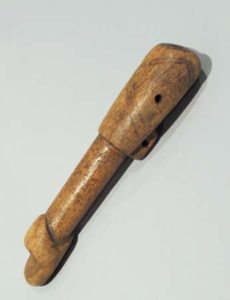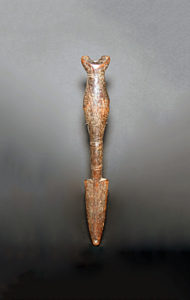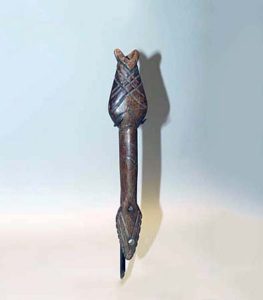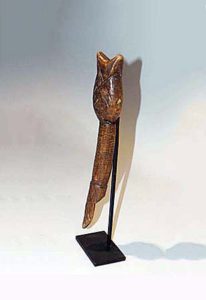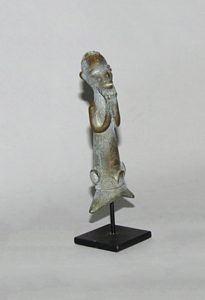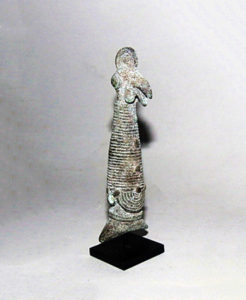Mossi
The Mossi are a Gur ethnic group in modern Burkina Faso, primarily the Volta River basin, who speak the Mòoré language. They constitute more than 40% of the population in this region. The other 60% of Burkina Faso’s population is composed of more than 60 ethnic groups, mainly the Gurunsi, Senufo, Lobi, Bobo and Fulani.
The Mossi empire was founded during the 15th century, when bands of horsemen rode north from what is now northern Ghana into the basin of the Volta River and conquered several less powerful peoples, including Dogon, Lela, Nuna, and Kurumba. These were integrated into a new society call Mossi, with the invaders as chiefs and the conquered as commoners. In 1897 the first French military explorers arrived in the area and staked French colonial claims. Then in 1960 Burkina Faso gained its independence from the French. Today, the majority of the people live in Burkina Faso Burkina Faso (formerly Upper-Volta), although significant numbers of Mossi live in neighboring countries, including Benin, Côte d’Ivoire, Ghana, Mali, and Togo.
An essential cultural element of the Mossi is collectivism, as individualism does not exist. One’s actions and behaviors are always taken to be characteristics of one’s family. Heritage is patrilineal and they are primarily farmers, raising millet, sorghum, maize, sesame, peanuts, and indigo. Herdsmen of cattle are found in the northern savannah regions. Their religious activities are dictated by the rhythm of the seasons
Mossi make both political art and spiritual art. Figures are used by the ruling class to validate political power. Mossi sculptors are famous for their polychrome masks which are worn during funeral ceremonies and to guard crop. These masks – which have a totemic role – are stored carefully when not worn and are given libations in exchange for help in everyday Mossi life.
Source:
Baquart, Jean-Baptiste. The Tribal Arts of Africa. New York: Thames and Hudson Inc.

